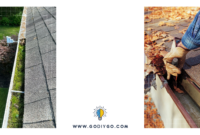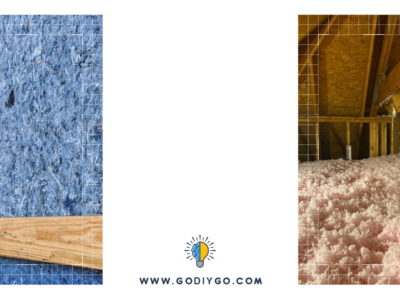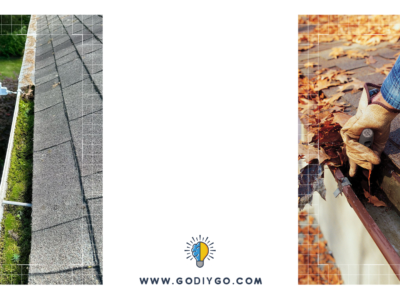Whether you’re planning a new home or want to update your current space, there are many things you can do on your own. That said, while it may seem like a good idea to save money and do the work yourself, when it comes to waterproofing your home, there are some situations where it’s best to call in an expert. In this blog post, we’ll explore six DIY tips for waterproofing your home.
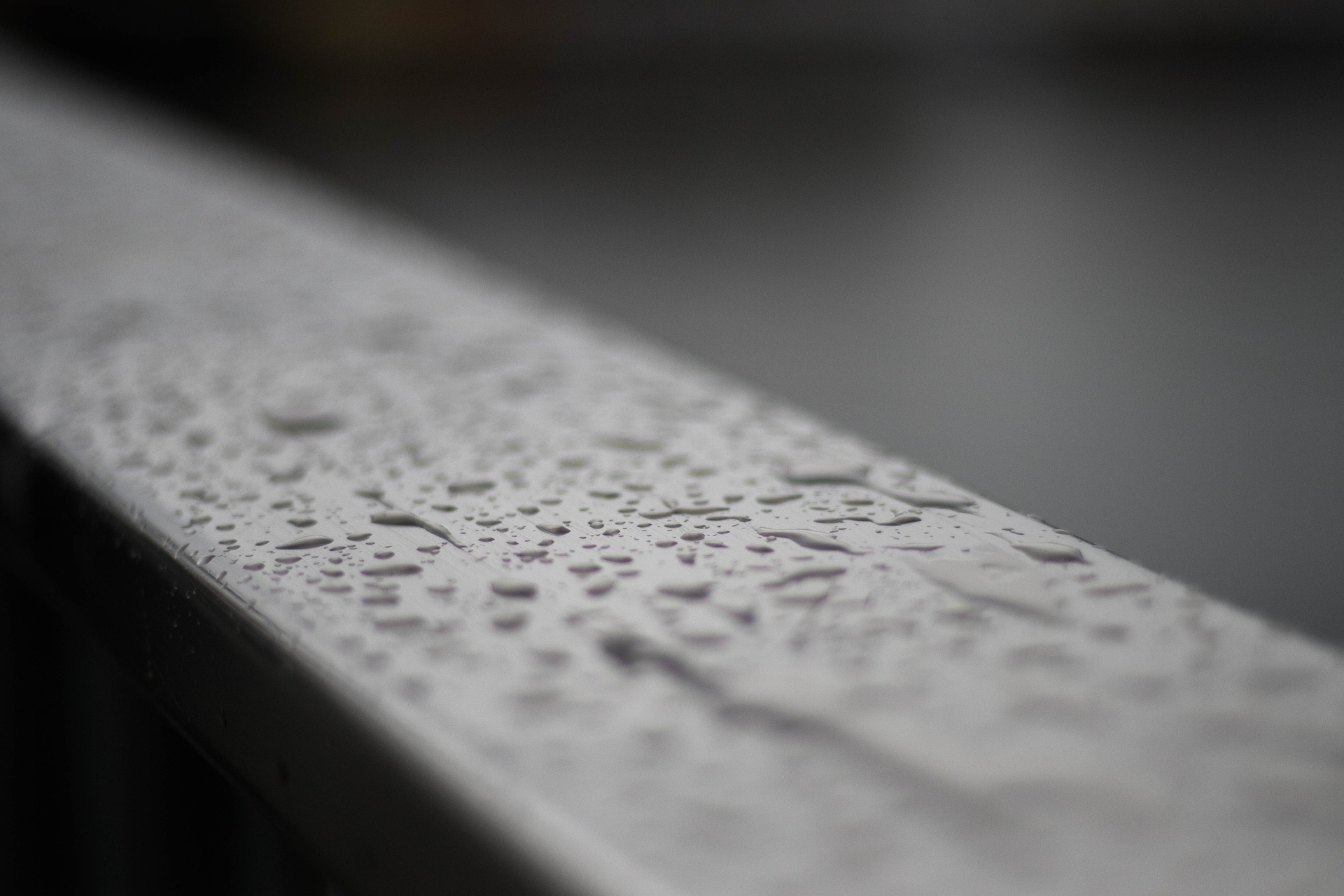
What is Waterproofing?
Waterproofing is the process of making an object or structure waterproof or water-resistant so that it remains relatively unaffected by water. Waterproofing is used in a variety of applications, from protecting clothing and fabrics to keeping buildings and other structures dry. You can have crawl space waterproofing done, or waterproof your basement. Keep in mind that waterproofing is different from water resistance, which only helps to reduce the amount of water that penetrates an object or structure.
The Types of Sealant
Sealant is a material used to block the passage of fluids through the surface or joints or openings in materials. There are many different types of sealant, each with its own unique properties and uses. The most common types of sealant are:
Silicone Sealant: Silicone is a synthetic rubber that is heat-resistant and waterproof. It is often used in household applications such as sealing around windows and doors, or in the bathroom.
Polyurethane Sealant: Polyurethane is a strong, flexible plastic that can be used for a variety of applications. It is commonly used in construction as an adhesive or sealant.
Acrylic Sealant: Acrylic is a clear plastic that dries to a hard, glossy finish. It is commonly used in craft projects and as an alternative to glass in picture frames.
Latex Sealant: Latex is a natural rubber that has good elasticity and flexibility. It is commonly used as an adhesive or sealant in construction and household applications.
Factors That Influence the Cost
Waterproofing your home can be a costly endeavor, but there are ways to cut costs. Here are some factors that will influence the cost of waterproofing your home:
- The size of your home: A larger home will obviously require more materials and labor, and therefore will be more expensive to waterproof.
- The age of your home: An older home is more likely to have leaks and other problem areas that need to be addressed, which will add to the cost.
- The location of your home: If you live in an area with a high water table or frequent flooding, you may need to take extra measures to waterproof your home, which will add to the cost.
- The type of waterproofing you choose: There are many different types of waterproofing available, from simple sealants to comprehensive systems. The type you choose will affect the cost.
- Whether you do it yourself or hire someone: Doing it yourself will obviously be cheaper than hiring someone, but it may not be possible if you don’t have the skills or knowledge required. Hiring a professional can add significantly to the cost, but may be worth it for peace of mind.
What Type of Home Needs Waterproofing?
Waterproofing your home is a great way to protect it from water damage. There are many different types of homes that need waterproofing, so it is important to know what type of home you have before you start the process. If you are not sure, you can always consult with a professional.
The most common type of home that needs waterproofing is a basement. Basements are prone to flooding because they are below ground level. If your basement floods, it can cause serious damage to your home and belongings. Waterproofing your basement will help to prevent this from happening. However, if it does happen make sure to contact a company offering foundation repair services in your area.
Another type of home that may need waterproofing is a crawl space. Crawl spaces are often damp and humid, which can lead to mold and mildew growth. Waterproofing your crawl space will help to prevent these problems from occurring.
If you live in an area that is susceptible to hurricanes or other severe weather events, you may also need to waterproof your home. Hurricane-prone areas are often subject to flooding, so it is important to take this into consideration when deciding whether or not to waterproof your home.
No matter what type of home you have, waterproofing is a good idea. Waterproofing your home will help to protect it from water damage and will also improve its overall appearance.
The Process of Waterproofing
The first step in waterproofing your home is to determine which areas are most vulnerable to water damage. This will help you determine what type of waterproofing product is best for your needs. Common problem areas include basements, crawl spaces, and foundations.
Once you have identified the problem areas, the next step is to clean and repair any existing damage. This may involve patching cracks, sealing leaks, and repairing drainage issues. It is important to thoroughly clean the area before applying any waterproofing products.
The final step is to apply the chosen waterproofing product according to the manufacturer’s instructions. This may involve painting or spray on a sealant, applying a membrane, or installing an exterior drainage system.
How to Fix a Leaking Roof From Within Your Home
If your roof is leaking, you need to fix it as soon as possible. A leaking roof can cause extensive damage to your home, and it can be expensive to repair.
There are two ways to fix a leaking roof: from the outside or from the inside. If you can reach the leak from the inside of your home, this is the best option. It is less expensive and less disruptive than fixing the leak from the outside.
To fix a leaking roof from the inside of your home, you will need to locate the source of the leak. Once you have found the source of the leak, you will need to patch it. You can use a variety of materials to patch a roof, but rubber or asphalt are typically best for this purpose.
Once you have patched the leak, you will need to waterproof your home to prevent future leaks. There are a number of ways to waterproof your home, but one of the most effective is to coat your home with a waterproof sealant. This will create an invisible barrier that will protect your home from water damage.
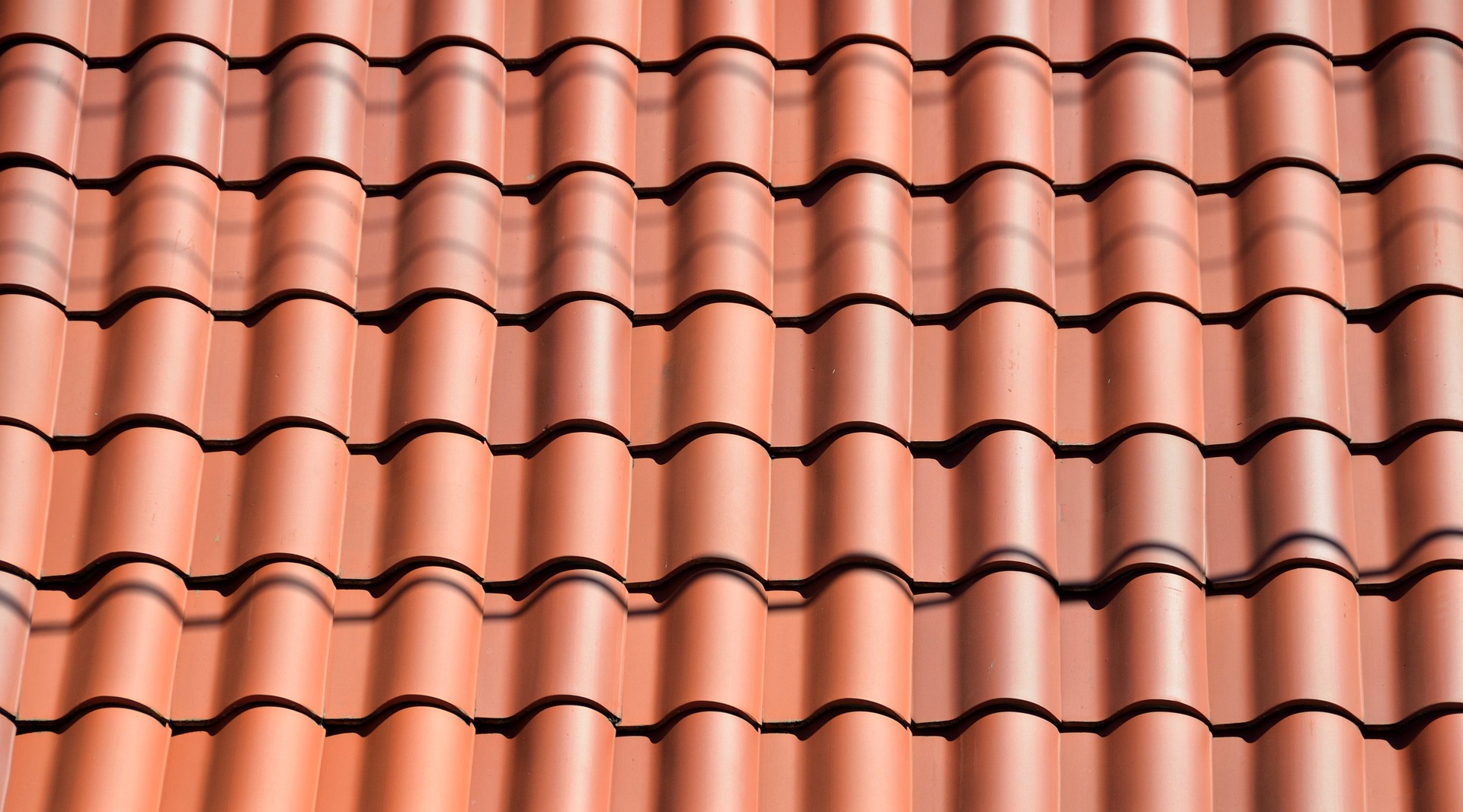
Waterproofing your home is a great way to protect it from water damage, but it’s also a great way to save money on your energy bills. By following these tips, you can waterproof your home and keep it looking great for years to come.



